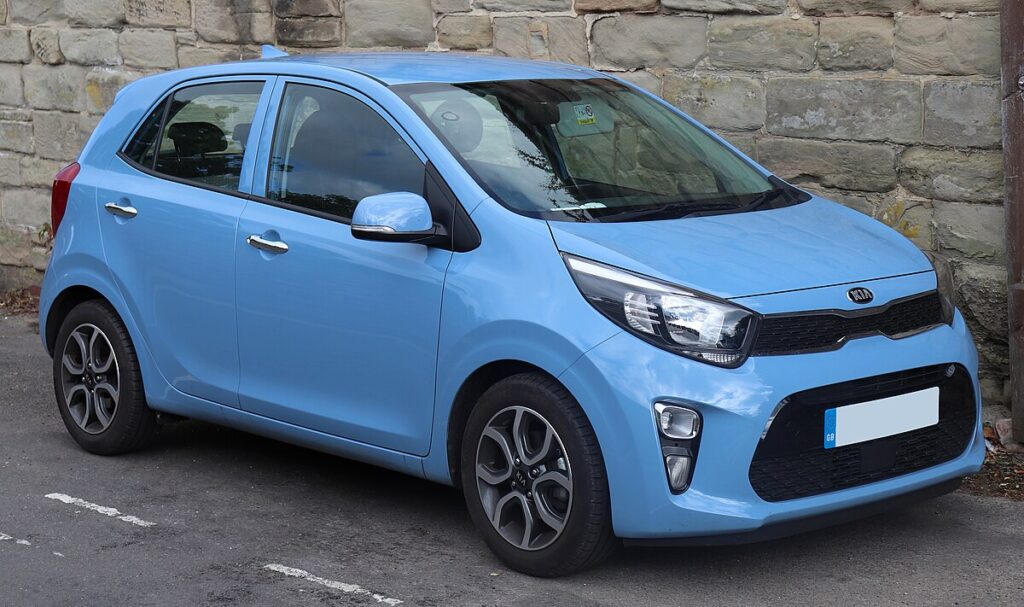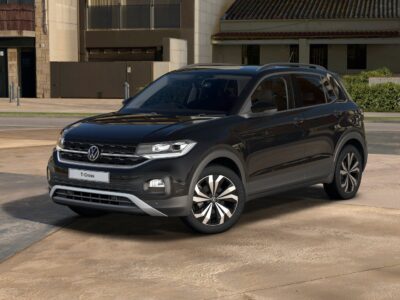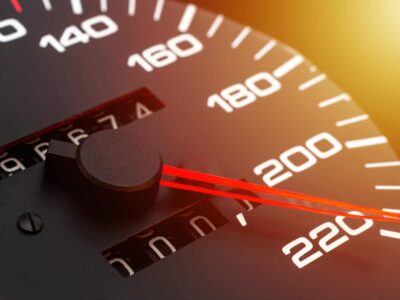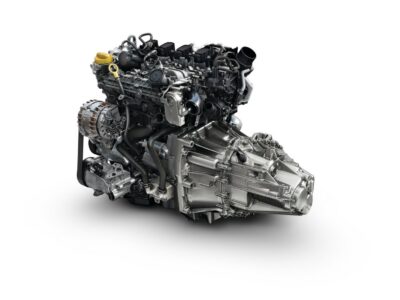
Kia Picanto Fuel Consumption: The Complete Real-World Guide

- Understanding Why Fuel Economy Matters More Today
- Kia Picanto Fuel Consumption by Engine Type
- Kia Picanto Fuel Consumption by Generation
- Real-World Fuel Consumption vs Official Figures
- City vs Motorway Fuel Consumption
- Kia Picanto Fuel Tank Capacity and Range
- The Best Driving Habits for Lower Fuel Consumption
- Recommended Tyre Pressures for Maximum Fuel Efficiency
- How Air Conditioning Affects Kia Picanto Fuel Consumption
- How Eco Mode Influences Fuel Consumption
- Kia Picanto Fuel Consumption: Manual vs Automatic
- Fuel Consumption When Carrying Heavy Loads
- How Aerodynamics Affect Fuel Consumption
- Maintenance Practices That Maximise Fuel Economy
- Seasonal Fuel Consumption Differences
- Fuel Consumption With E10 vs E5 Fuel
- Summary: What We’ve Learned About Kia Picanto Fuel Consumption
- FAQs
Understanding Why Fuel Economy Matters More Today
We live in an era where every litre saved feels like reclaiming a small victory. With fuel prices fluctuating like a restless heartbeat, we’ve all become more conscious of how far our cars take us on each tank. And when we talk about efficiency on a budget, the Kia Picanto consistently crops up in the conversation—small, sharp, and surprisingly frugal.
In this guide, we unpack everything that defines Kia Picanto fuel consumption across generations, engines, driving conditions, and ownership habits. We go well beyond the brochure figures to give you a transparent, real-world understanding of what to expect and how to maximise every drop.
Kia Picanto Fuel Consumption by Engine Type
Let’s break down the fuel economy by engine option, because not all Picantos sip fuel the same way.
1.0 MPi (Naturally Aspirated)
This is the featherweight of the lineup—simple, reliable, and built with economy as the priority.
- Official WLTP Combined: 50–55 mpg
- Real-World Avg: 45–52 mpg
- Best For: City drivers, learners, short hops
- Why It’s Efficient: Low displacement, minimal moving parts
The 1.0 MPi is like that friend who never complains—no drama, no fuss, just predictable efficiency.
1.0 T-GDi (Turbocharged)
More power in a tiny shell. Punchy, fast off the line, still surprisingly economical.
- Official WLTP Combined: 48–52 mpg
- Real-World Avg: 42–48 mpg
- Best For: Motorway commuters, rural drivers, hilly routes
- Why It’s Efficient: Turbo delivers power without guzzling fuel
Its fuel consumption shifts depending on how heavy your right foot is—the turbo rewards smoothness and punishes aggression.
1.25 MPi (Older Models)
Found in first- and early second-gen Picantos, this unit is known for reliability and mild thirst.
- Official Combined: 47–52 mpg
- Real-World Avg: 40–47 mpg
- Best For: Mixed urban/suburban driving
- Why It's Unique: Simple but slightly older tech
This engine tends to perform better on longer runs than in heavy stop-start traffic.
Kia Picanto Fuel Consumption by Generation
Each generation made strides in efficiency. Let’s walk through the evolution.
First Generation (2004–2010)
The humble beginning—practical, light, but lacking the efficiency tech we enjoy now.
- Avg Real-World Consumption: 38–45 mpg
- Engines Available: 1.0 MPi, 1.1 MPi
- Notable Traits: Basic aerodynamics, older injection systems
Second Generation (2011–2017)
This era sharpened the Picanto’s character: better looks, improved MPG, smarter gearing.
- Avg Real-World Consumption: 42–50 mpg
- Engines Available: 1.0 MPi, 1.25 MPi
- Notable Traits: Start/stop tech introduced, lighter chassis
Third Generation (2017–Present)
The modern hero—sleek, tech-driven, and dramatically more efficient.
- Avg Real-World Consumption: 45–55 mpg
- Engines Available: 1.0 MPi, 1.0 T-GDi
- Notable Traits: Variable valve timing, refined aerodynamics
Real-World Fuel Consumption vs Official Figures
Manufacturers often quote WLTP or NEDC numbers, but these don’t always match reality.
Why Official Figures Are Higher
- Lab-like driving with no traffic
- No air-con, no passengers
- Perfect tyre pressures
- Linear acceleration
Why Real-World Fuel Consumption Varies
- Your driving style
- Terrain and elevation
- Weather conditions
- Fuel quality
- Traffic patterns
Think of official MPG like a “best potential performance”—the car isn’t lying, but it is being optimistic.
City vs Motorway Fuel Consumption
One thing we’ve learned over years of testing the Picanto is this:
It’s a city car by design, but it’s not allergic to motorways.
City Driving: Stop-Start Realities
Expect 40–48 mpg depending on traffic.
Factors eating into efficiency:
- Constant acceleration
- Low-speed idling
- Air-conditioning
- Short trips where the engine never warms fully
Motorway Driving: Consistent but Sensitive
Expect 47–55 mpg when driven smoothly.
You may be interested in reading Kia Picanto Top Speed: Complete Guide to Every Engine, Year & Variant
Kia Picanto Top Speed: Complete Guide to Every Engine, Year & VariantWhat improves motorway MPG:
- Steady throttle inputs
- 60–65 mph cruising
- Reduced cargo weight
Kia Picanto Fuel Tank Capacity and Range
Knowing how far you can go between refuels brings peace of mind.
Fuel Tank Size by Model
- First Gen: 35 litres
- Second Gen: 35 litres
- Third Gen: 35 litres
Kia kept things consistent—small tank, lightweight body.
Real-World Range
- Efficient Drivers: 380–430 miles per tank
- Average Drivers: 320–370 miles
- Aggressive Drivers: 250–300 miles
Picture it this way: The Picanto is like a marathon runner who thrives on rhythm, not bursts of speed.
The Best Driving Habits for Lower Fuel Consumption
Let’s uncover those insider strategies that genuinely move the MPG needle.
Smooth Acceleration
Think “whisper to accelerate,” not “shout with your foot.”
Maintain Steady Speeds
Cruise control shines on long journeys.
Anticipate Traffic
Lift off early instead of braking harshly.
Lighten the Load
Every unnecessary item is a passenger you’re hauling.
Check Tyre Pressures Regularly
Even 5 psi below recommended can cost 3–5 mpg.
Avoid Lingering in Low Gears
Shift early; let the torque do the work.
Don’t Idle Excessively
If you're waiting for someone, switch off—not only fuel efficient, but kinder to the engine.
Recommended Tyre Pressures for Maximum Fuel Efficiency
Maintaining ideal tyre pressures is one of the simplest but most overlooked MPG boosters.
Standard Picanto Tyre Pressures
- Front: 33 psi
- Rear: 33 psi
Fully Loaded / Passengers
- Front: 36 psi
- Rear: 36 psi
Why Tyre Pressure Matters
Under-inflated tyres create rolling resistance—like pushing a shopping trolley with a stuck wheel.
How Air Conditioning Affects Kia Picanto Fuel Consumption
Air-con is a silent MPG-killer in city driving.
City Driving Impact
- Expect 2–4 mpg drop using A/C constantly
Motorway Driving Impact
- Drop is minimal: 1–2 mpg
The compressor draws power like a guest tapping into your WiFi—small but noticeable.
How Eco Mode Influences Fuel Consumption
Most modern Picantos feature Eco mode, and while it can feel sluggish, it genuinely saves fuel.
What Eco Mode Changes
- Throttle response softens
- Gear shifts occur earlier
- Air-con output is reduced
When to Use Eco Mode
- Urban commutes
- Heavy traffic
- Warm weather
Avoid it when overtaking—it dulls acceleration considerably.
Kia Picanto Fuel Consumption: Manual vs Automatic
The transmission type influences how efficiently the car burns fuel.
Manual Gearbox
- Real-World MPG: 45–55
- Driving Feel: Engaging, responsive
- Best For: Maximising efficiency with controlled shifting
Automatic Gearbox (AMT + New 4AT)
- Real-World MPG: 40–50
- Driving Feel: Relaxed, smooth
- Best For: City-focused convenience
Automatics protect MPG fairly well, but manuals still hold the crown for overall frugality.
You may be interested in reading Kia Picanto Top Speed: Complete Guide to Every Engine, Year & Variant
Kia Picanto Top Speed: Complete Guide to Every Engine, Year & Variant Volkswagen T-Cross MPG: The Complete Real-World Fuel Economy Guide
Volkswagen T-Cross MPG: The Complete Real-World Fuel Economy GuideFuel Consumption When Carrying Heavy Loads
Small engines feel weight more significantly—like carrying a backpack that’s slightly too heavy.
Load Impact on Fuel Consumption
- +20 kg = lose ~1 mpg
- +50 kg = lose ~2–3 mpg
- +100 kg = lose ~4–6 mpg
Balanced loading is key; avoid keeping unnecessary objects in the boot.
How Aerodynamics Affect Fuel Consumption
Small cars aren’t immune to drag. Even roof accessories change fuel consumption drastically.
Aerodynamic Factors
- Roof racks: −4 to −7 mpg
- Open windows at 70 mph: −2 to −3 mpg
- Mudguards: minor but measurable over long distances
The Picanto’s shape cuts through the air well, but accessories disrupt the airflow.
Maintenance Practices That Maximise Fuel Economy
Good maintenance is like giving your car a fresh pair of running shoes.
Use High-Quality Oil
Poor-quality oil increases friction, wasting fuel.
Replace Air Filters
A clogged filter starves the engine of oxygen.
Update Spark Plugs
Worn plugs cause incomplete combustion.
Clean the Throttle Body
Ensures consistent airflow.
Seasonal Fuel Consumption Differences
Yes, seasons matter—and winter is the MPG villain.
Winter MPG Drop
Expect 5–10% decline due to:
- Cold engines
- Thicker oil
- Higher rolling resistance
Summer MPG Advantage
Warm air and optimal engine temperature help economy.
Fuel Consumption With E10 vs E5 Fuel
Europe and many countries use E10, which has more ethanol. The difference is real.
E10 Impact
- Slightly lower MPG (1–3%)
E5 Impact
- Better performance but more expensive
If you drive mostly city routes, you’ll feel the E10 penalty more.
Summary: What We’ve Learned About Kia Picanto Fuel Consumption
Across generations and engines, the Kia Picanto stands as one of the most economical small cars on the market. It thrives in urban settings, shines on steady motorway runs, and rewards gentle driving with excellent MPG. While variations occur due to load, weather, and driving style, the Picanto remains a champion for drivers prioritising low running costs.
Its brilliance comes not from raw power, but from harmony—lightweight engineering, efficient engines, and thoughtful design. Treat it kindly, maintain it well, and it will consistently deliver wallet-friendly fuel performance.
FAQs
Does the Kia Picanto use a lot of fuel?
No. It is one of the most fuel-efficient petrol city cars available, consistently achieving 45–55 mpg when driven smoothly.
Which Kia Picanto engine is most economical?
The 1.0 MPi is the most fuel-efficient overall, especially in urban environments.
How can I improve my Picanto’s MPG?
Maintain tyre pressures, drive smoothly, reduce weight, use Eco mode, and avoid harsh acceleration.
Is automatic less fuel efficient than manual?
Yes—only slightly. Manuals usually deliver 3–5 mpg better consumption.
You may be interested in reading Kia Picanto Top Speed: Complete Guide to Every Engine, Year & Variant
Kia Picanto Top Speed: Complete Guide to Every Engine, Year & Variant Volkswagen T-Cross MPG: The Complete Real-World Fuel Economy Guide
Volkswagen T-Cross MPG: The Complete Real-World Fuel Economy Guide Volkswagen T-Cross Fuel Consumption: The Complete Real-World Efficiency Guide
Volkswagen T-Cross Fuel Consumption: The Complete Real-World Efficiency GuideHow far can a Kia Picanto go on a full tank?
Most drivers achieve 320–430 miles per tank, depending on driving style and load.
If you want to know other articles similar to Kia Picanto Fuel Consumption: The Complete Real-World Guide you can visit the category Driving.
Deja una respuesta





More content of your interest